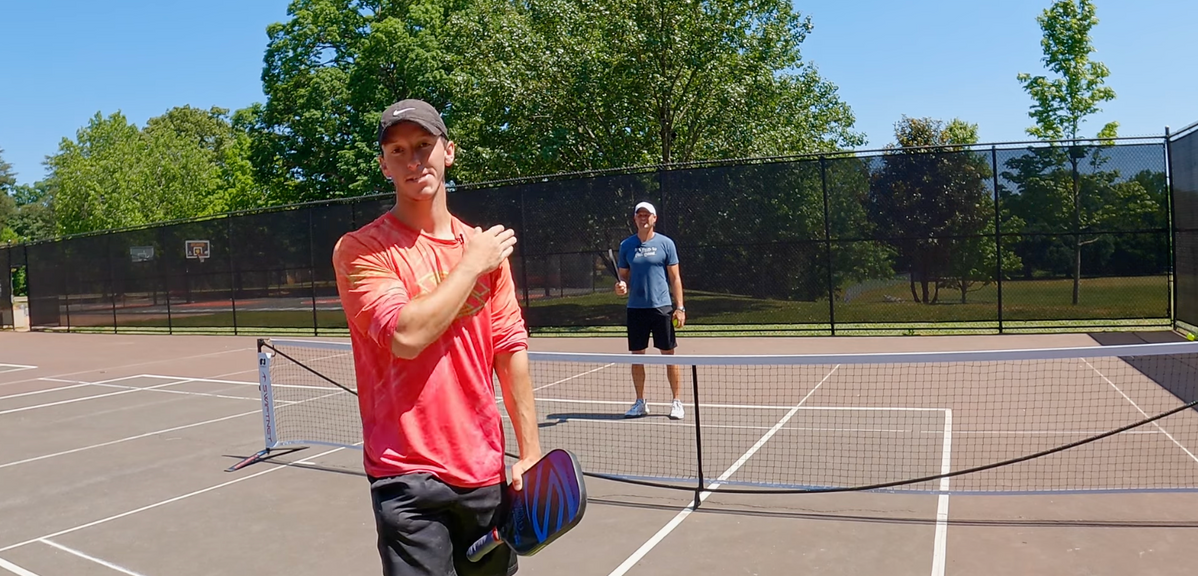
Knowing how to let an out ball go can take your pickleball game to the next level.
While the sport demands quick reflexes and precision shots, it also requires players to master the art of releasing those seemingly irresistible shots that may actually cost you the game.
Not only can you snag some free points by letting the ball go, but you also force your opponent to think twice before speeding up the next one.
Seriously, this skill is significantly underrated.

Here are 5 factors to consider when determining whether to play a ball:
1: Location of your opponent - If your opponent initiates a speed-up close to the net, then it is more likely to go out than if they initiate that same speed-up from closer to the baseline (simple, we know, but be cognizant of this).
2: Length of opponent's backswing - The bigger the windup, the more likely it is to go long. Slowing down a long motion is difficult!
3: Spin direction - A ball with backspin is more likely to sail long. Topspin? The opposite. Backspin carries the ball through the air, top spin makes the ball dip towards the ground.
4: Angle of attack - If your opponent hits the ball at a sharp angle cross-court, then it is more likely to go out than if they hit it down the line or towards the opposite corner.
5: Contact point - A low-to-high swing path is more likely to send a ball long than high-to-low. Watch the swing path and identify the point at which their swing starts AND the point of contact. Is it below the hip, or above?
Additional factors like wind speed, type of ball, and the paddle your opponent is using can also make a difference in whether the ball stays in or goes out.
Read Next: Transitioning Between Defense and Offense in Pickleball
Check out this video to learn a drill that’s helped thousands learn to let out balls go:
Shea Underwood
Love Pickleball? Join 100k+ readers for free weekly tips, news & gear deals.
Subscribe to The DinkGet 15% off pickleball gear at Midwest Raquet Sports









